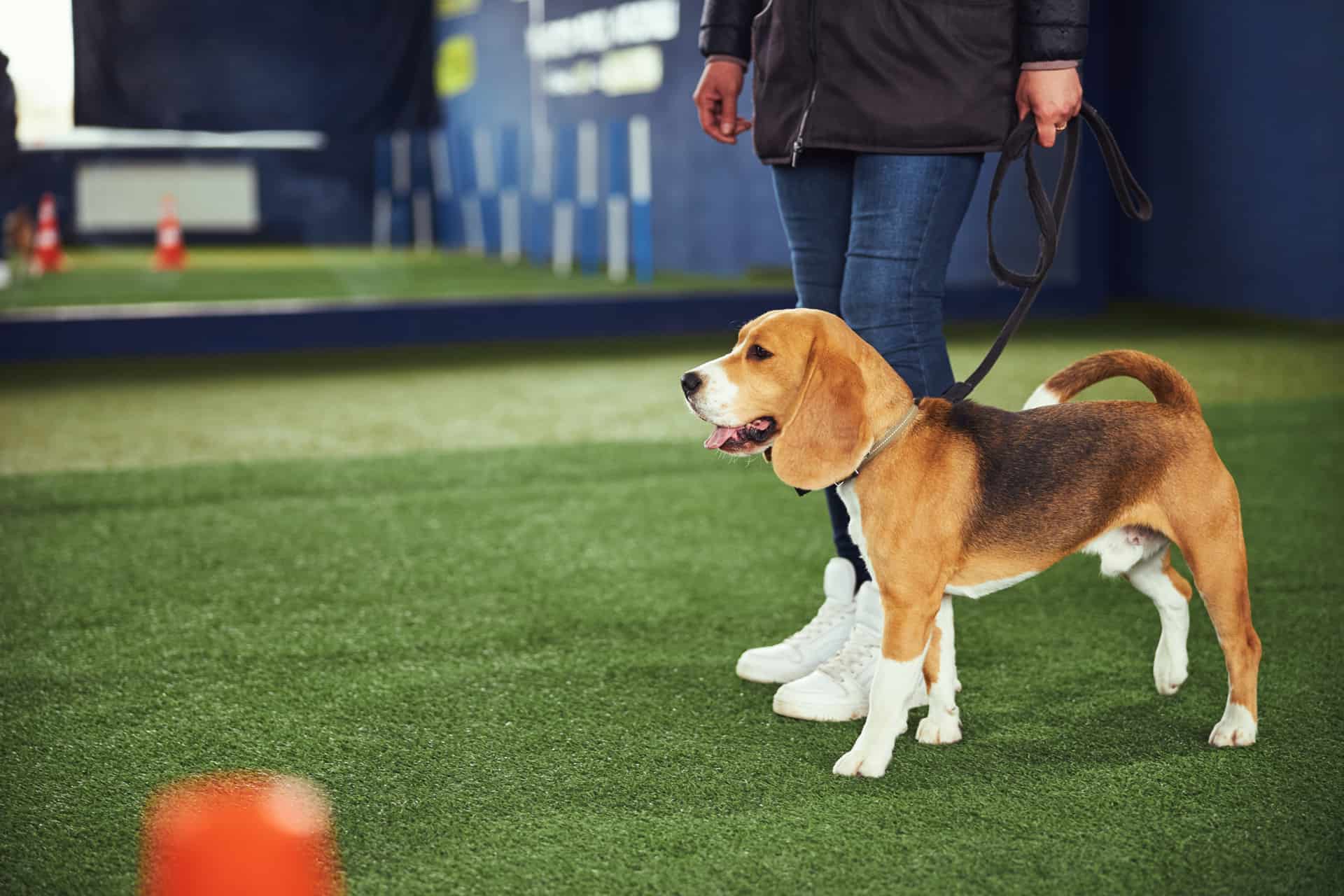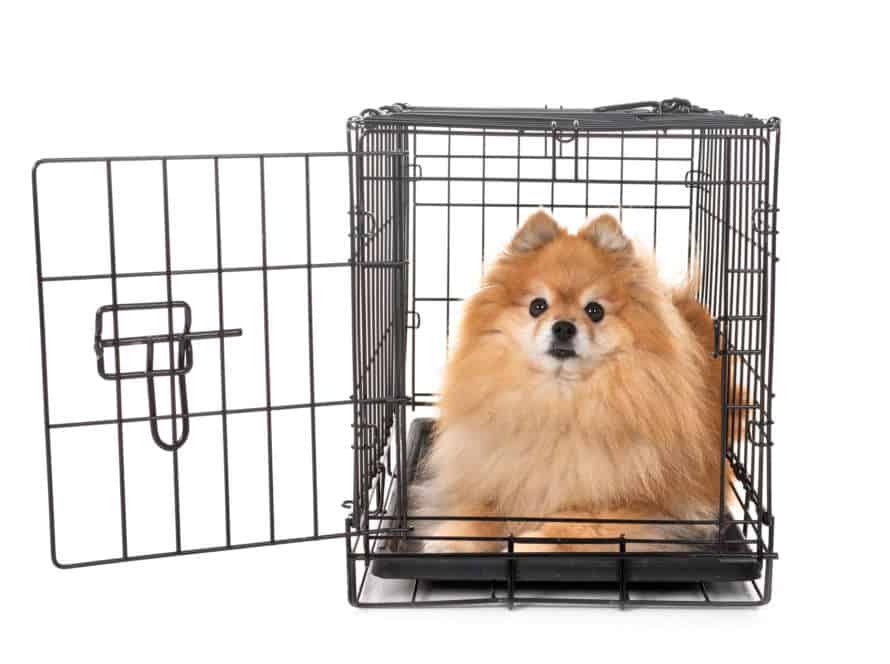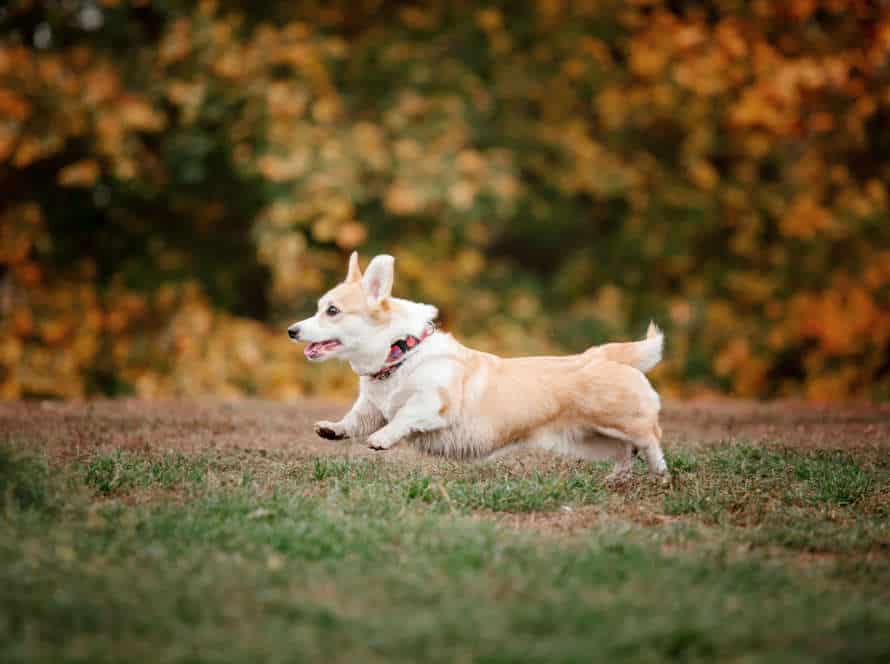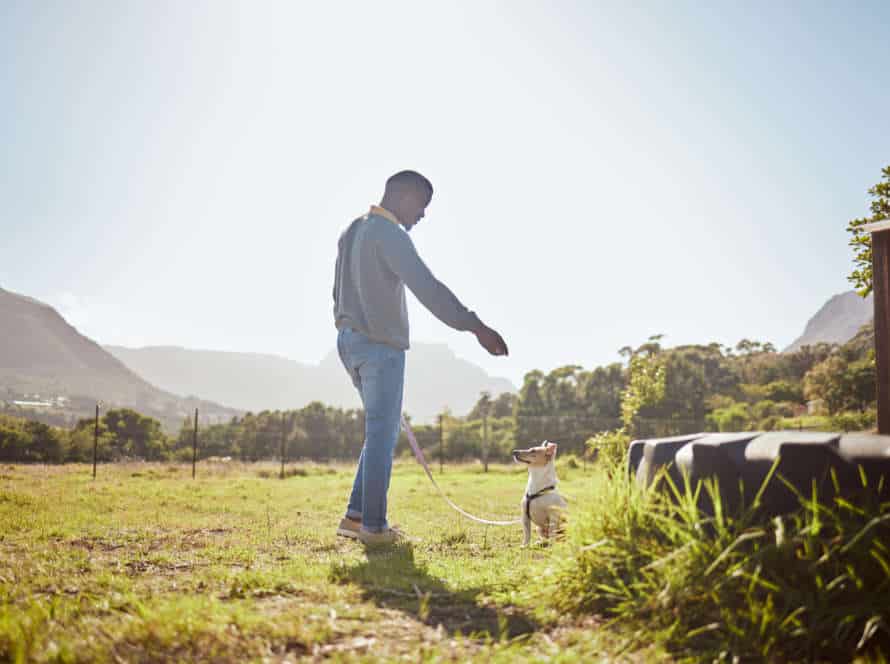How to Transition from Treats to Verbal Praise for the Heel Command
Transitioning from treats to verbal praise for the heel command can be tough. But with patience & consistency, it can be done! Here are some tips:
- Start with the basics. Use treats to train your dog & reinforce good behaviour. Then, start phasing out the treats.
- Use a clicker. Clicker training is great for transitioning. Start using it & gradually reduce the clicks & treats.
- Use verbal praise. Once your dog can do the heel command, start replacing treats & clicks with verbal praise. Then, gradually reduce the verbal praises.
- Remember – be consistent & make the verbal praise rewarding, just like the treats were.
Pro tip: always use positive reinforcement & avoid punishment-based training.
Why Transition from Treats to Verbal Praise
The heel command is vital for all canine owners to teach to their doggos. Not only treats, but verbal praise is essential too. If a pup just gets snacks for the heel command, they may not understand the importance of paying attention to the verbal reward. Here, we will discuss why we should switch from treats to verbal praise for heeling.
Benefits of Using Verbal Praise for Heel Command
Verbal praise is a great way to train dogs and can be a great substitute for treats when teaching the heel command. Here are some advantages:
- Builds a stronger bond – Verbal praise provides a chance to become closer to your pup while they are training. Your dog will start to connect positive reinforcement with your attention and love, improving your relationship.
- Improves focus – When done correctly, verbal praise can help your dog concentrate on you and the job at hand. This increases their obedience and reduces their distraction.
- Encourages self-control – After your pet has mastered the heel command, verbal praise can reinforce their self-control and take away the need for treats as a reward.
Transitioning from treats to verbal praise for the heel command? Gradually lessen treats and use more verbal praise. Remember to praise your pup right away and lively when they do it correctly. Use a cheerful voice and physical reinforcement like pats and scratches. Pro Tip: Verbal praise should always be used together with positive reinforcement techniques and consistency for the best results.
Challenges of Relying on Treats for Heel Command
Using treats alone to train your pup to obey the heel command is not ideal. It can lead to a reliance on food rewards and may not be effective in the end. Here are some cons and ways to transition away from treats:
- Dependency on treats: Pups trained with only treats may find it hard to respond when no food is involved.
- Transitioning to verbal praise: Begin with a mixture of treats and verbal praise. Gradually reduce treats and increase the use of verbal praise until your pup obeys the heel command with just verbal praise.
- Lack of engagement: If all the pup focuses on is the treat, they may not be completely engaged with the training.
- Use engagement commands: Make eye contact, ask for a sit or down, or take a play break to re-engage your pup during the training.
Pro tip: Give verbal praise right away when your pup successfully follows the heel command. This reinforces good behavior and strengthens the bond between you two!
Importance of Reinforcing Good Behavior
Reinforcing good behavior in dogs is essential. Verbal praise is a great tool to use. Whilst treats may be tempting to reward good behaviour, transitioning to verbal praise is important. Here are some tips for transitioning from treats to verbal praise for the heel command:
- Hold a treat in one hand and an open hand for praise.
- Start with a simple heel command – like walking a short distance with your dog in heel position.
- Once your dog responds, replace the treat with verbal praise – like “Good job!” or “Well done!”
- Gradually decrease the treats and increase the verbal praise.
This will help your dog listen to you and obey without expecting a reward every time.
Techniques for Transitioning to Verbal Praise
Treats and other yummy rewards have been used for ages to reward pup behavior. But, it’s time to switch from treats to verbal praise! Training with only verbal praise has several benefits, like helping your pup understand your cues.
Check out these techniques for transitioning from treats to verbal praise for the ‘heel‘ command!
Set Expectations: Prepare Your Dog for Verbal Praise
Train your pup to obey the heel command with verbal praise instead of treats. Here are some tips to help!
- Familiarize them with the command and reward with treats.
- Then, slowly reduce treats and use verbal praise instead.
- Use a firm, upbeat tone when saying “good boy” or “good girl”.
- Pair the verbal praise with a physical cue, like a pat or scratch.
- Repeat the verbal praise consistently.
- For extra motivation, randomly reward with treats or toys!
Gradual Reduction of Treats
Gradually reducing treats is an effective way to transition from using treats to verbal praise when teaching your pup the heel command. Here are the steps:
- Begin by using treats to teach your pup to heel. Use small, bite-sized treats and reward your pup each time they heel correctly.
- Once your pup is consistently heeling with treats, introduce verbal praise. Say “good heel” or “yes” and give them a treat when they heel correctly. Gradually give less treats and more praise.
- Over time, stop giving treats and just rely on verbal praise. When they heel correctly, say “good heel” or “yes” and give verbal praise like “good boy/girl”.
- If your pup stops responding to verbal praise, reintroduce treats and repeat the process.
Remember to always use positive reinforcement when training your pup and never punish them for not heeling correctly. Gradually reducing treats and using verbal praise is a proven technique to help reinforce good behavior in your furry friend. Pro tip: Be patient and consistent for better results.
Timing is Key: When to Provide Verbal Praise
Timing is key when replacing treats with verbal praise while teaching your pup to ‘heel’. Here’s how:
- Start with treats – Give food treats and verbal praise or petting while training your dog to heel.
- Decrease the treats – Gradually reduce the amount of treats and raise the frequency of verbal praise.
- Time the verbal praise – As you reduce treats, say verbal praise right away when your dog follows the ‘heel’ command.
- Use great verbal praise – Speak in a happy tone using your pup’s name and be excited when providing the verbal praise.
By timing and using the right technique, you can transition from treats to verbal praise as a reward, which can help increase your pup’s obedience, including the ‘heel’ command.
Reinforce the Reinforcer: Verbal Praise For the Verbal Praise
Treats to verbal praise for heel command transition? Reinforce it! Here’re some tips:
- Give feedback fast. Praise asap when pup does good.
- Voice should be excited. Show your pleasure with pup’s behaviour.
- Speak specifically. Say “Good heel, good pup” instead of just “good”.
- Keep praising more. Gradually increase it as pup improves.
By following these, you can reinforce verbal praise for heel command and eventually reduce treats dependency.
Common Challenges and Troubleshooting
Taught your pup the “heel” command? Now, switch from doggie treats to verbal praise. This can help keep your pup’s good behaviour. But this transition can be tricky! Let’s look at the most common issues and how to fix them.
Lack of Response to Verbal Praise
Some dogs don’t respond well to verbal praise. This may cause the owner confusion and frustration. Here are some challenges and tips:
- Timing: Praise promptly and consistently when the “heel” command is done correctly.
- Reinforcement: If treats were used a lot, it may take longer to transition. Try a mix of treats and praise.
- Tone: Use a higher pitched, enthusiastic voice.
- Attention: Keep the training session short and frequent.
These tips will help your dog transition from treats to verbal praise for “heel”.
Reinforcement Schedule
Reinforcement schedule is key when teaching a pup the heel command. As they become better learners, replacing treats with verbal praise is essential. Here are some tips:
- Gradually replace treat frequency with verbal praise. Offer it less often, and use it only when they do something amazing or behave well.
- Increase time and distance before a treat. Plus, use verbal praise and physical rewards like petting, playing and reward toys.
- To keep your pup motivated, vary the reinforcement schedule. Use random and intermittent praise with variable rewards.
Remember: Be patient. Stay consistent. Be positive. Adjust the schedule based on how your pup is doing.
Stay Consistent
When it comes to heel command, consistency is very important. Here are the common challenges and tips to help you stay consistent:
- Challenge: Dog not responding to verbal praise and still looking for treats.
Troubleshooting: Reduce treat frequency and replace with verbal praise. Give verbal praise immediately when dog does the desired behavior. - Challenge: Dog is distracted and not paying attention.
Troubleshooting: Find a quiet place for training, away from distractions. Use a treat or toy as a lure to get their attention and phase out treats as dog becomes more responsive to verbal praise. - Challenge: Dog struggling with heel concept.
Troubleshooting: Break down the behavior into smaller steps and reward the dog for each improvement. Praise and rewards should be frequent, consistent and immediate. With practice, your dog will start associating verbal praise with good behavior and do the behavior without treats.
Maintain Success with Verbal Praise
Treats can quickly and effectively reward your dog, but they can make them dependent. For the heel command, it’s important to maintain success. Verbal praise can help your dog feel self-satisfaction. This can lead to better long-term results.
Let us look at how to transition from treats to verbal praise for the heel command.
Monitor and Evaluate Your Dog’s Response
When transitioning from treats to verbal praise for the heel command in dog training, it’s important to monitor and assess your pup’s behaviour. This helps to make sure your pup follows the command and is motivated to learn without treats.
Here are a few steps:
- Start training in a calm, no-distraction place to help your pup concentrate.
- Give the heel command while walking, and reward with verbal praise and treats.
- Gradually reduce treats and increase verbal praise intensity.
- Monitor your pup’s response and ensure they’re following the command without treats.
- Evaluate your pup’s progress and adjust your training if needed.
Keep in mind, your pup always wants to please you. So, encourage them with positivity and they’ll learn commands faster than expected.
Adjust Praise as Needed
When training dogs, adjusting praise is key to success. Start by using both verbal praise and treats to reinforce the heel command. Gradually reduce treats and increase verbal praise. Observe your dog’s response and adjust praise accordingly. If your pup reacts well to verbal praise, phase out treats while still giving verbal praise as reward. If not, adjust the verbal praise or reintroduce treats. Every dog is different, so finding the right balance of praise and rewards is essential.
Practice, Practice, Practice!
Training your pup to obey commands? Practice is essential! Gradually phase out treats and replace with verbal praise. Here’s how:
- Start with a tasty treat and tell ‘heel’.
- When they respond, praise and reward them.
- Do the same, but use verbal praise instead of a treat.
- With consistent practice, phase out treats and depend only on verbal praise.
- Keep the training consistent and lavish verbal praise when done well.
Pro tip: Include playtime and affection when they follow the command for more reinforcement.
Frequently Asked Questions
1. Why is it important to transition from treats to verbal praise for the heel command?
Transitioning from treats to verbal praise for the heel command is important because it teaches your dog to follow your commands without a food incentive. This helps to build a stronger bond between you and your dog, as well as promote better listening skills.
2. Can I still use treats occasionally after the transition?
Yes, you can still use treats occasionally as a reward for your dog’s behavior, but it’s important to use verbal praise as the primary method of reinforcement for the heel command.
3. How do I start the transition from treats to verbal praise?
You can start the transition by gradually reducing the frequency of treats and increasing the frequency of verbal praise. Begin by giving your dog a verbal praise immediately after he performs the heel command correctly, and then gradually decrease the amount of treats given over time.
4. How long does it typically take to fully transition from treats to verbal praise?
The time it takes to fully transition from treats to verbal praise can vary based on your dog’s temperament, behavior, and training history. It’s important to be patient and consistent with your training to ensure a successful transition.
5. Can I still use other types of reinforcement besides verbal praise?
Yes, you can still use other types of reinforcement, such as physical affection or playtime, in addition to verbal praise. Just make sure that verbal praise is given consistently and becomes the primary reinforcement method for the heel command.
6. What if my dog doesn’t respond well to verbal praise?
If your dog doesn’t respond well to verbal praise, it may be a sign that you need to adjust your training methods or find alternative forms of reinforcement that work better for your dog. Consult a professional dog trainer for additional guidance.







